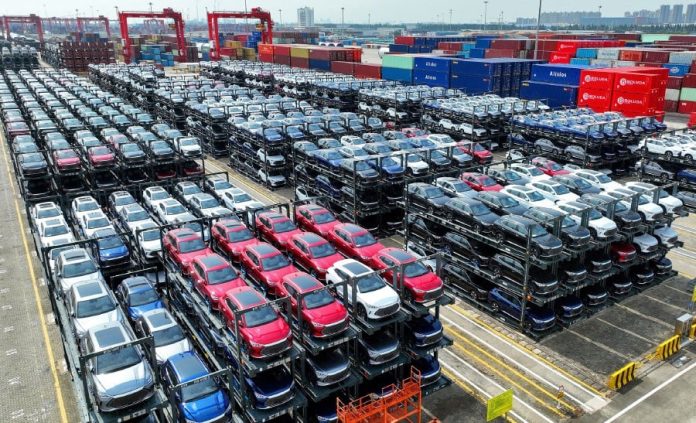China’s ascent to becoming the world’s largest vehicle exporter in 2023, surpassing Japan, is closely tied to its dominance in the electric vehicle (EV) sector. The shift in global automotive dynamics reflects a paradigmatic change in consumer preferences and technological innovation.
Chinese companies, especially those specializing in electric vehicles, have experienced remarkable growth. The surge in EV exports is attributable to China’s strategic emphasis on electric mobility, aligning with global trends toward sustainable transportation. High-profile companies like BYD, NIO, and Xpeng have positioned themselves as key players in the electric vehicle market, capitalizing on advancements in battery technology and government support.
In contrast, traditional Japanese automakers, exemplified by Toyota, historically prioritized hybrid technology. However, recognizing the evolving landscape, they are now intensifying their efforts in the electric vehicle market. This shift in strategy underscores the pivotal role EVs play in the future of the automotive industry.
The data from the Japan Automobile Manufacturers Association reveals the significance of China’s achievement. China exported 4.91 million vehicles in 2023, surpassing Japan’s 4.42 million. This points to a broader trend where China’s commitment to electric vehicles is translating into a competitive advantage on the global stage.
Despite China’s success, concerns have emerged in Western markets regarding potential unfair competition and subsidies. Questions about the level playing field arise as Chinese companies benefit from supportive government policies. Western regulators are grappling with how to address these disparities, ensuring fair competition while promoting the global transition to sustainable transportation.
In essence, China’s emergence as the leading vehicle exporter is emblematic of its prowess in electric vehicles, reflecting broader shifts in the automotive industry towards sustainable and eco-friendly transportation solutions. This trend not only reshapes the competitive landscape but also prompts a reconsideration of regulatory frameworks to foster fair competition in the evolving global automotive market.


